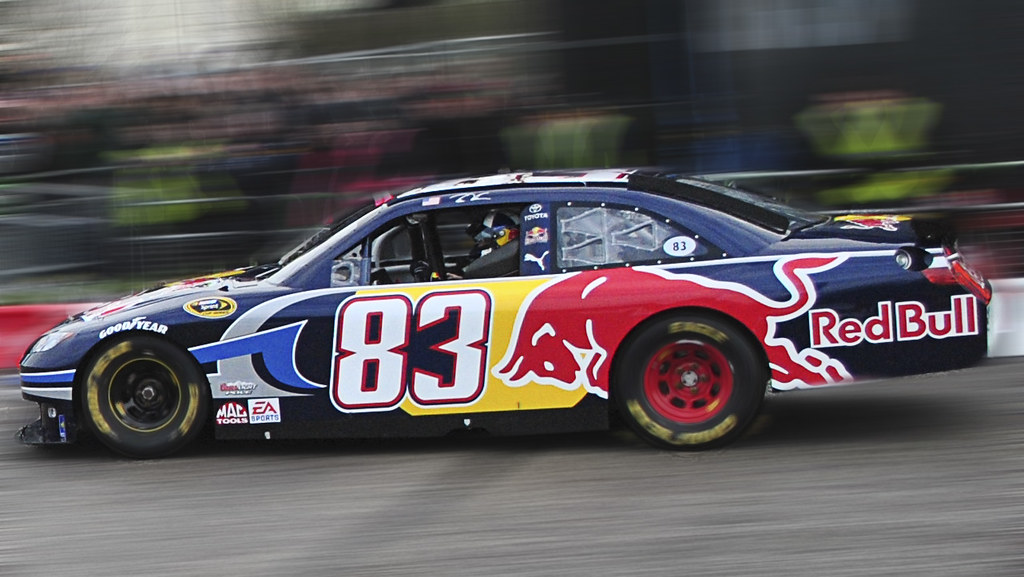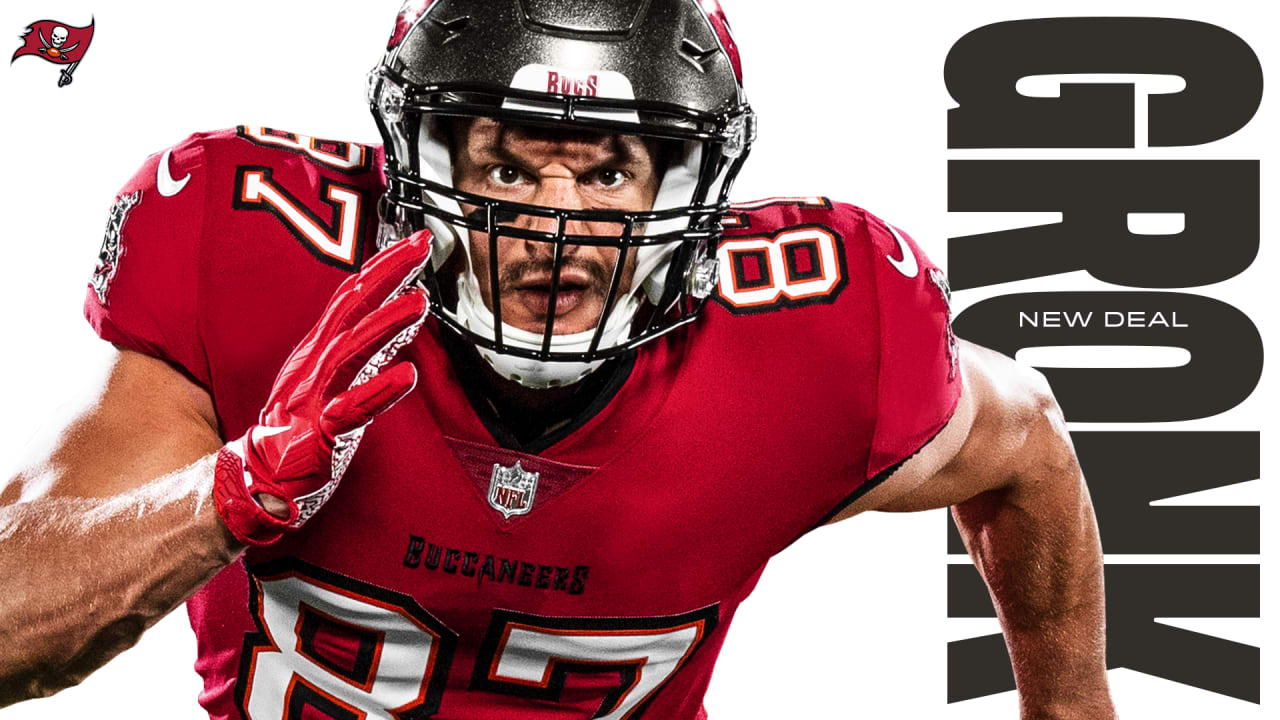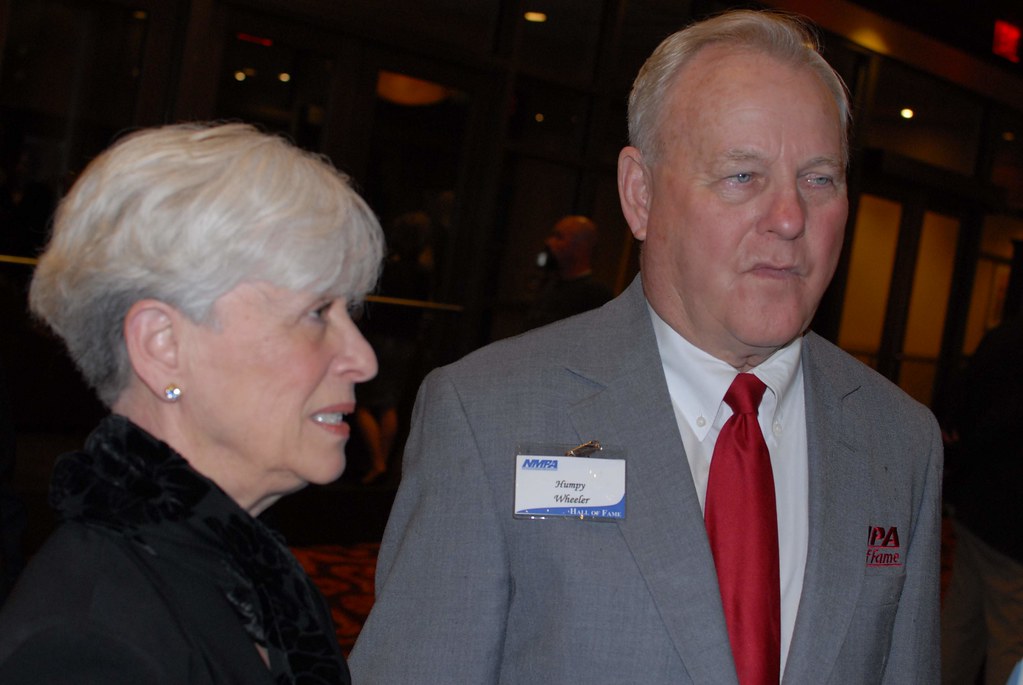
The world of NASCAR, a sport already brimming with speed, drama, and visceral excitement, lost one of its most transformative figures with the passing of Howard Augustine “Humpy” Wheeler Jr. at 86. Wheeler, a name synonymous with audacious promotion and unparalleled innovation, died peacefully of natural causes at his Charlotte home, leaving behind a legacy that fundamentally reshaped how stock-car racing was presented and perceived. His career, spanning more than three decades at the helm of Charlotte Motor Speedway, saw him evolve from a spirited young promoter into the “P.T. Barnum of motorsports,” a title he earned through a relentless pursuit of spectacle and an unwavering commitment to the fan experience.
Wheeler’s impact was not merely about filling seats; it was about creating an immersive, unforgettable event that transcended the race itself. He understood that while the “product on the track” was essential, the entire race day experience could and should be a carnival, a destination for “technicolor in people’s black-and-white lives.” This philosophy propelled NASCAR from a regional Southern pastime, often dismissed as “gladiator battles on wheels for honky-tonk hooligans,” into a national phenomenon, cementing Charlotte as a premier racing and entertainment complex.
His contributions earned him numerous accolades, including inductions into multiple halls of fame, and most recently, the prestigious NASCAR Hall of Fame Landmark Award for Outstanding Contributions to NASCAR as part of the Class of 2026. As the NASCAR community mourns the loss of a true visionary, it’s an opportune moment to reflect on the groundbreaking ideas, the bold risks, and the sheer passion that made Humpy Wheeler NASCAR’s greatest showman, a man who consistently asked, “What would ever happen if you ever did it right?” and then dedicated his life to answering that very question.
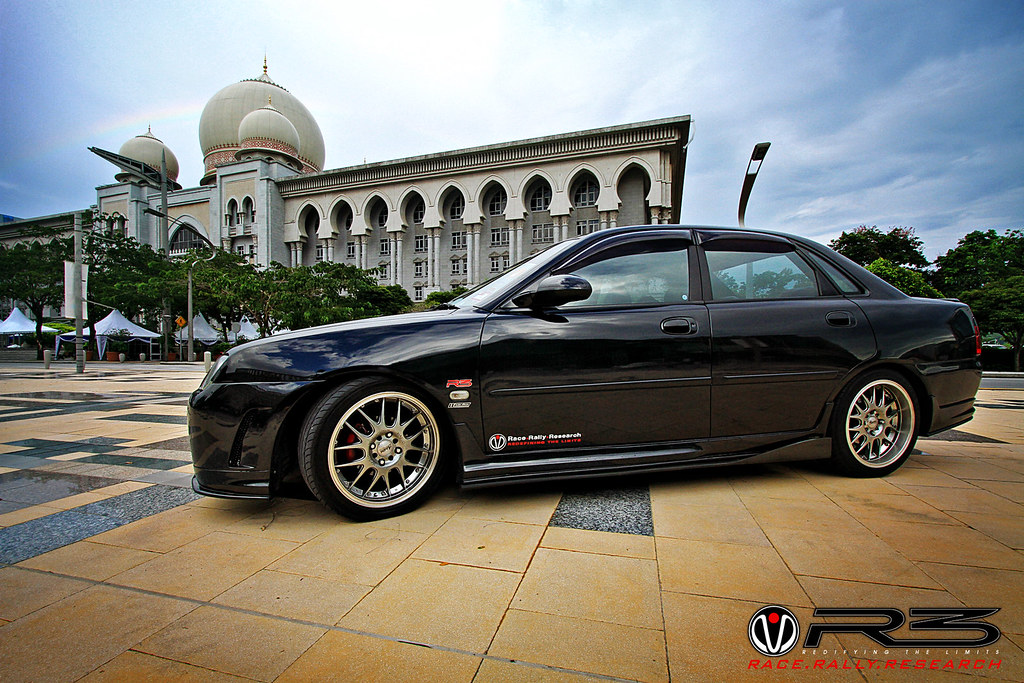
1. **The P.T. Barnum of Motorsports: A Visionary Promoter** Humpy Wheeler’s reputation as the “P.T. Barnum of motorsports” wasn’t just a catchy moniker; it was a testament to his unparalleled ability to weave theatrical grandeur into the fabric of stock-car racing. He embraced the idea that a race event should be far more than just cars on a track, transforming it into a three-ring circus, replete with clowns, trapeze artists, elephants, and tigers performing in the speedway’s infield as early as 1980. This flair for the dramatic ensured that every event at Charlotte Motor Speedway was a memorable spectacle, captivating audiences beyond the traditional racing enthusiast.
His promotional genius was recognized widely, earning him other epithets such as the “Cecil B. DeMille of motorsports” due to his taste for Hollywood-level stunts. Wheeler’s vision was always grand, aiming to provide an experience that was “over the top, outrageous or unthinkable.” He understood the inherent human desire for excitement and explosive entertainment, famously stating, “People love to see things get blown up. It goes back to the kid in them.” This insight drove many of his iconic promotional choices, ensuring fans left with unforgettable memories.
Ultimately, Wheeler’s philosophy centered on putting “a little ‘technicolor in people’s black-and-white lives’.” This core belief powered his relentless innovation and audacious promotions, setting a new standard for sports entertainment. His legacy is deeply rooted in his capacity to dream big and execute even bigger, ensuring that Charlotte Motor Speedway became a benchmark for fan engagement and spectacle in the world of auto racing.
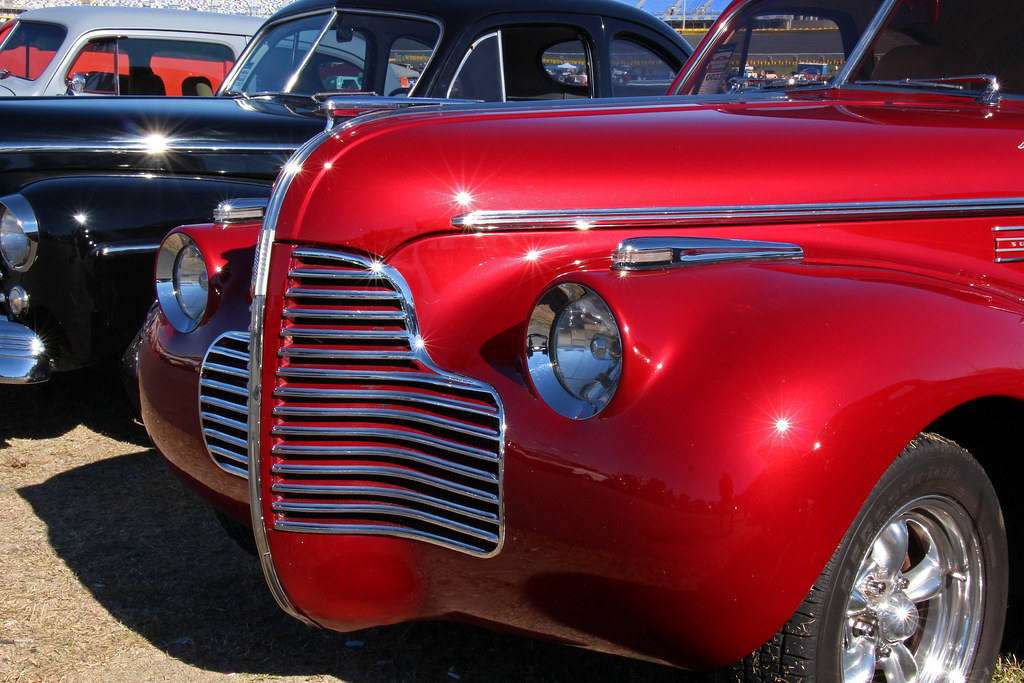
2. **The “Three T’s”: Prioritizing Fan Experience** Despite his penchant for grand spectacles, Humpy Wheeler maintained a profound, practical focus on the fundamental elements of fan satisfaction, encapsulated in his famous “three T’s”: tickets, traffic, and toilets. He understood that elaborate stunts, however thrilling, would fall flat if basic attendee needs were neglected. This commitment to operational excellence stemmed from his early observations that racing fans endured “terrible restrooms,” “lousy parking,” and “traffic jams” yet “kept coming back, and they kept multiplying.” His career was devoted to rectifying these issues.
Wheeler preached the value of these “three T’s” to his staff, emphasizing their importance in ensuring visitors had a first-class experience at Charlotte. He worked tirelessly to make a visit to Charlotte Motor Speedway as comfortable and enjoyable as possible, a significant departure from the “dusting people to death” conditions he described from earlier racing days. This meticulous attention to detail, from ease of access to essential amenities, underpinned the overall success of his ambitious promotions.
This pragmatic approach, often overlooked in the glare of his more flamboyant stunts, was crucial to Charlotte Motor Speedway’s growth and reputation. It demonstrated Wheeler’s comprehensive understanding of what made an event truly successful: a blend of thrilling entertainment and seamless guest services. His focus on these core elements helped transform Charlotte into “the most innovative facility in NASCAR for fan, partner and competitor amenities,” a direct result of his unwavering dedication to the fan.
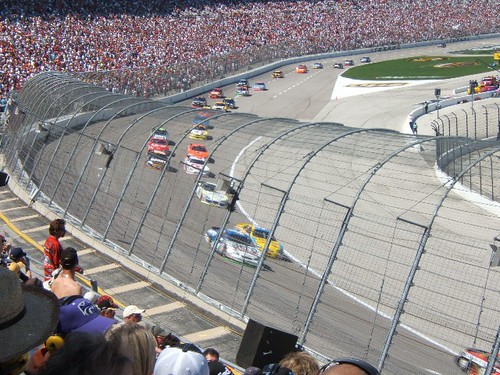
3. **Innovating Night Racing: “One Hot Night” at Charlotte Motor Speedway** Among Humpy Wheeler’s most significant innovations was the introduction of night racing to NASCAR superspeedways, a groundbreaking development that fundamentally altered the sport’s schedule and fan experience. Working alongside track founder Bruton Smith, Wheeler supervised the installation of a first-of-its-kind lighting system at Charlotte Motor Speedway. This ambitious project culminated in the 1992 all-star race, then known as the Winston, which Wheeler dramatically rechristened “One Hot Night.”
This event was more than just a race under artificial lights; it was a statement, a bold step into a new era for stock car racing. “One Hot Night” marked NASCAR’s first nighttime race at a superspeedway, an innovation that was initially met with skepticism but quickly became standard across the sport. The ability to race under the lights opened up new possibilities for television scheduling, fan attendance, and the overall atmosphere of race events, drawing larger crowds and creating more dramatic finishes.
The success of night racing at Charlotte Motor Speedway under Wheeler’s guidance proved its viability and appeal, leading other facilities to follow suit. This foresight in adopting and perfecting night racing solidified Charlotte’s reputation as a progressive and pioneering facility. It stands as a testament to Wheeler’s relentless pursuit of innovation, not just in promotional stunts, but in fundamental aspects of track operation that enhanced the “product on the track” for both competitors and spectators.
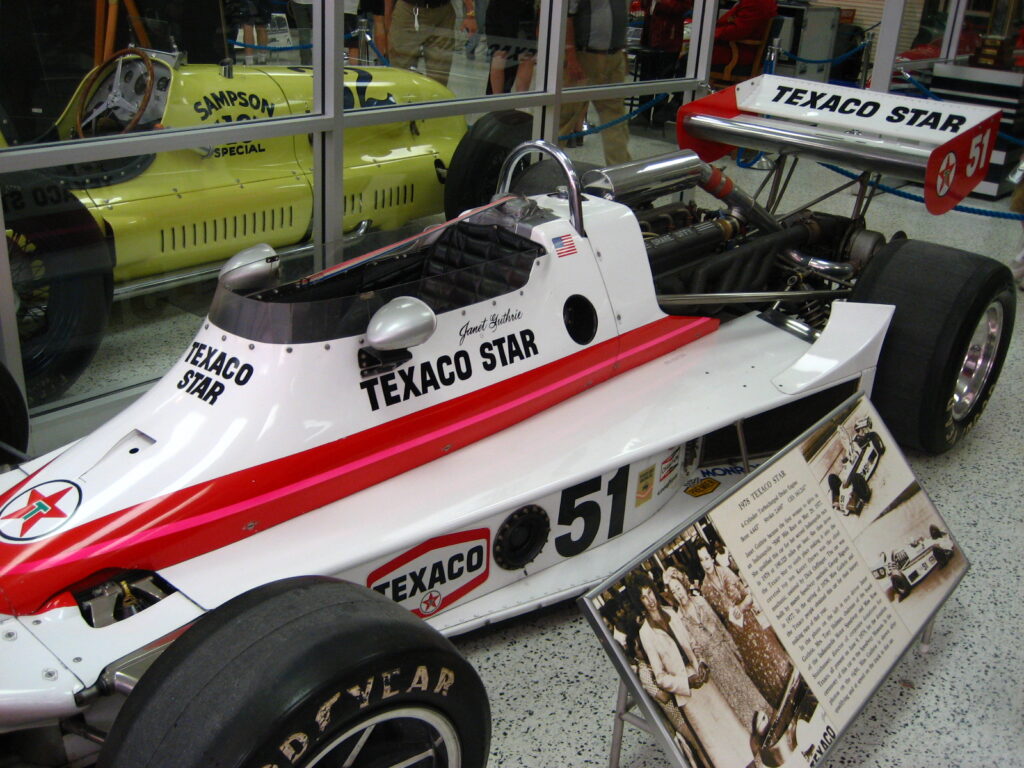
4. **Pioneering Janet Guthrie: Breaking Barriers for Women in Racing** Humpy Wheeler wasn’t just a showman; he was also a trailblazer who actively supported inclusivity in a sport historically dominated by men. In 1976, just his second year at Charlotte Motor Speedway, he and Bruton Smith took a bold step by helping finance a car and other necessities for Janet Guthrie, a pioneering female driver. This critical support enabled Ms. Guthrie to enter the annual World 600 (now the Coca-Cola 600), making her the first woman to qualify for a NASCAR superspeedway race.
Guthrie’s barrier-shattering debut, where she finished an impressive 15th, was a significant moment for the sport. Wheeler recalled that “The reaction was generally good with the fans” who saw it as “something else for them to see. Part of a good show.” However, he also noted that “the reaction was horrible with the drivers. Some of them were like, ‘Why didn’t you buy me a car when I was a rookie?’ Or worse.” Despite this pushback, Wheeler’s commitment to her participation highlighted his progressive vision.
A year later, Guthrie went on to become the first woman to race in the Indianapolis 500, a direct consequence of the exposure and credibility she gained through her NASCAR debut. Wheeler’s decision to back Guthrie underscored his belief in breaking new ground and providing opportunities, regardless of gender. It demonstrated that his dedication to “the show” extended to championing talent and challenging traditional norms, cementing his role as a pivotal figure in shaping NASCAR’s evolving landscape.
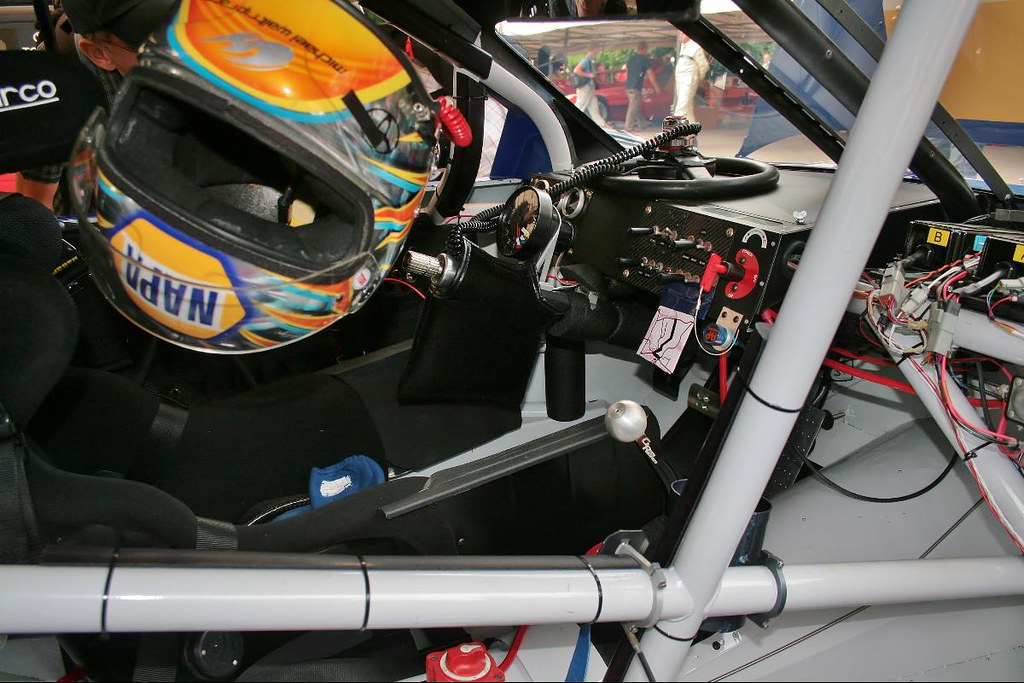
5. **Luxury Trackside Condominiums: A Bold Housing Concept** Always pushing the boundaries of what a speedway could offer, Humpy Wheeler spearheaded another unique innovation in the mid-1980s: the construction of 40 luxury condominiums overlooking Charlotte’s 1.5-mile oval track. This audacious idea marked a first for a NASCAR track, offering fans an unprecedented opportunity to live right at the heart of the action, a true “aery for gearheads.”
The concept, initially “widely mocked,” proved to be a resounding success, with all units selling out in just seven months. This was despite the constant roar of “cars with 700-horsepower engines running at nearly 200 miles per hour” sometimes until “11 o’clock at night.” The demand underscored a niche market for hardcore fans who desired an immersive, permanent connection to the sport, demonstrating Wheeler’s ability to identify and cater to unique fan desires.
These trackside residences not only provided an exclusive fan experience but also generated new revenue streams and added to the prestige of Charlotte Motor Speedway. It was another example of Wheeler’s innovative leadership, transforming the facility into more than just a race venue, but a complete motorsports destination. The success of the condominiums further solidified Charlotte Motor Speedway’s reputation as a progressive leader, constantly evolving under Wheeler’s imaginative guidance.
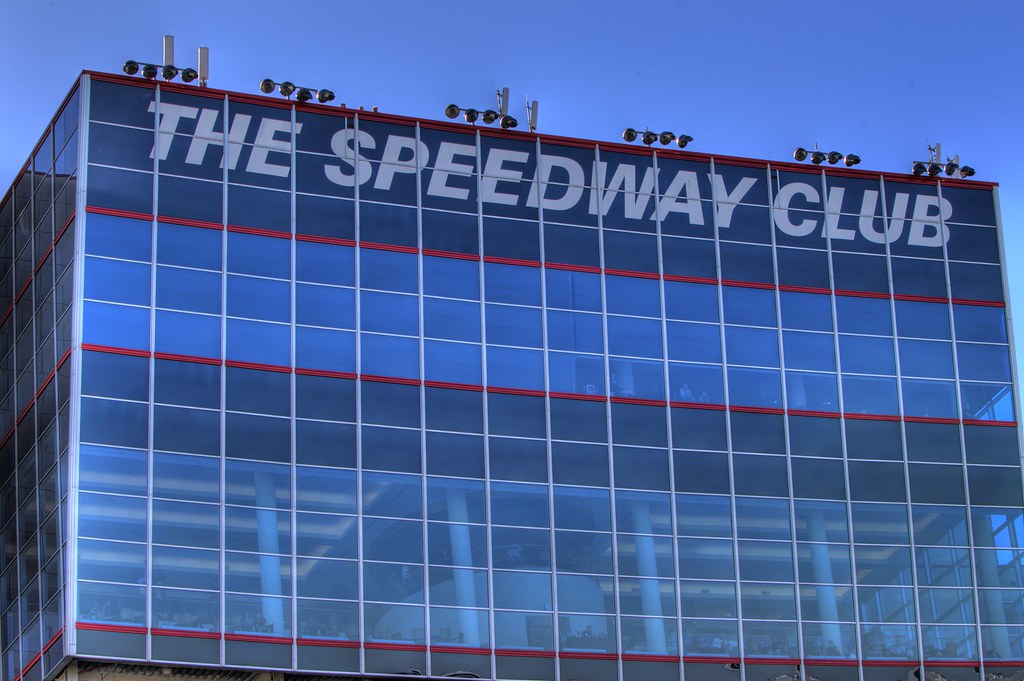
6. **The Speedway Club: Elevating Race Day Hospitality** Humpy Wheeler’s relentless pursuit of enhancing the fan experience extended beyond the grandstands and into luxurious hospitality. In 1987, he created “The Speedway Club,” a private restaurant situated above the main grandstands. This establishment was designed to offer an elevated, first-class dining and viewing experience, catering to those who sought a more refined way to enjoy the high-octane excitement of NASCAR.
The Speedway Club represented a significant step in diversifying the amenities offered at Charlotte Motor Speedway, providing a premium option for corporate partners and affluent fans. It showcased Wheeler’s understanding that different segments of the audience had varying needs and desires, and that catering to all of them was crucial for the speedway’s overall success and prestige. This innovation helped to transform the perception of race day from a purely outdoor, casual event to one that also offered upscale entertainment.
By providing such exclusive facilities, Wheeler not only generated additional revenue but also further cemented Charlotte Motor Speedway’s status as a world-class facility. The Speedway Club became another testament to his comprehensive approach to motorsports promotion, demonstrating that innovation could take many forms, from death-defying stunts to sophisticated fine dining, all aimed at putting “technicolor in people’s black-and-white lives.”

7. **The Robosaurus: A Fire-Breathing Icon of Entertainment** One of the most iconic and enduring symbols of Humpy Wheeler’s showman genius was the “Robosaurus,” a colossal 40-foot-tall, 31-ton mechanical Tyrannosaurus. This fire-breathing robot became a beloved fixture at Charlotte Motor Speedway, entertaining crowds by crushing a Buick in its massive claws while belching flames from its nostrils. First used in a 1992 television pilot, it quickly became a staple of Wheeler’s pre-race spectacle.
The Robosaurus perfectly encapsulated Wheeler’s philosophy that “People love to see things get blown up.” It was a larger-than-life, visceral attraction that thrilled audiences and provided a memorable, almost cinematic, experience before the races even began. The image of a mechanical beast devouring cars became synonymous with the unique, explosive entertainment that defined a Humpy Wheeler-promoted event.
This particular stunt was not just about shock value; it was about creating moments that resonated deeply with the “kid in them” that Wheeler so often spoke of. The Robosaurus added an element of fantastical destruction that complemented the raw power of the stock cars, ensuring that the entire event felt like an extraordinary carnival. It stands as a vivid example of Wheeler’s ability to constantly break new ground and deliver unforgettable, outrageous entertainment to the NASCAR faithful.
8. **The Mock Grenada Invasion: Spectacle on a Grand Scale**Humpy Wheeler’s commitment to “over the top, outrageous or unthinkable” promotions reached an apex with his audacious military re-enactments. In a move that showcased his flair for Hollywood-level stunts, Wheeler once collaborated with the U.S. Army’s 82nd Airborne Division, garrisoned at Fort Bragg, N.C., to restage the 1983 invasion of the Caribbean nation of Grenada. This pre-race spectacle, far from a mere parade, was an immersive theatrical experience designed to electrify the Charlotte Motor Speedway crowd. He wanted to deliver “technicolor in people’s black-and-white lives,” and this certainly fit the bill.
The elaborate production featured wood fortifications, hundreds of troops, and actual helicopters hovering over the front stretch grass. Soldiers repelled to the ground, creating a dramatic, pulse-pounding scene rarely witnessed outside a movie set. While the mortars used were blanks, the sheer scale of the operation and the real dynamite that “blew up two houses placed on the infield” provided a visceral sense of explosive action that perfectly aligned with Wheeler’s belief that “People love to see things get blown up.”
This particular stunt epitomized Wheeler’s genius for transforming a sporting event into a multifaceted entertainment extravaganza. It not only captivated the audience with its sheer audacity but also generated immense buzz, drawing national attention to Charlotte Motor Speedway and solidifying its reputation as a venue where anything, however improbable, could happen. It was a testament to his bold vision and his unwavering dedication to providing an unforgettable show that transcended traditional racing.

9. **The Flying Greek’s Daredevil Leap: Pushing Stunt Boundaries**Among the pantheon of Humpy Wheeler’s death-defying promotions was the legendary school bus jump by stunt driver Jimmy Koufos, famously known as “the Flying Greek.” This daring feat saw Koufos attempt to leap a row of junked cars, Evel Knievel style, in a full-sized school bus. It was a spectacle born from Wheeler’s innate understanding of the human fascination with risk and high-stakes drama, further solidifying his moniker as the “Cecil B. DeMille of motorsports.”
The stunt unfolded with characteristic Humpy Wheeler suspense, building anticipation to a fever pitch before Koufos propelled the massive vehicle skyward. While the “Flying Greek” cleared the cars, the landing was anything but smooth, with the bus nearly flipping as it plunged into a dramatic nosedive. This heart-stopping moment, filled with genuine peril and raw excitement, was exactly the kind of “over the top, outrageous or unthinkable” entertainment that Wheeler specialized in, leaving an indelible mark on everyone who witnessed it.
Such a stunt underscored Wheeler’s philosophy that the pre-race entertainment could be as compelling, if not more so, than the race itself. It was a daring gamble that paid off in unforgettable memories and reinforced the idea that a visit to Charlotte Motor Speedway under Wheeler’s leadership was an experience unlike any other. These moments of spectacular risk, carefully orchestrated and dramatically executed, were central to his mission of infusing “technicolor” into the lives of racing fans.

10. **From Golden Gloves to Gridiron: Wheeler’s Athletic Roots**Before he became NASCAR’s greatest showman, Humpy Wheeler carved out an impressive athletic career, a journey that undoubtedly instilled in him the competitive spirit and strategic thinking that would define his later promotional prowess. Born in Belmont, N.C., in 1938, Wheeler grew up in a “hardscrabble mill town” where, as he later said, “you had to” learn to use your fists. This environment led him to boxing, a sport in which he truly excelled.
Wheeler accumulated an impressive 40-2 record as an amateur, culminating in a Golden Gloves light heavyweight title. He even claimed to have once fought on the same card as Cassius Clay, who would later become Muhammad Ali, and harbored aspirations of competing in the 1960 Summer Olympics. Though a dramatic trip with his father and Belmont Abbey basketball coach Al McGuire to the Bowery, where they saw down-and-out former boxers, reportedly discouraged him from turning professional, his boxing background provided a foundation of discipline and grit.
His athletic pursuits continued into football, where he accepted a scholarship to play guard for the University of South Carolina after graduating from Charlotte Catholic High School. However, a back injury tragically derailed his gridiron dreams, forcing him to pivot his career path. Despite this setback, his time in competitive sports, from the boxing ring to the football field, undoubtedly shaped his understanding of drama, resilience, and the power of performance, elements he would later masterfully apply to motorsports promotion.

11. **Hollywood Calling: The Voice of Tex in Pixar’s “Cars”**Humpy Wheeler’s captivating personality and unparalleled knowledge of stock car racing transcended the speedway, ultimately leading him to Hollywood. In a delightful turn for fans, he lent his distinctive voice to the character of Tex, the genial, steer-horn-clad Cadillac Coupe de Ville and owner of Dinoco, in the immensely popular 2006 Pixar animated film “Cars.” This role was a testament to his charm and authentic connection to the sport he so passionately promoted.
Wheeler not only provided the voice for Tex but also befriended the film’s director, John Lasseter. Through their conversations, Wheeler offered invaluable NASCAR insights, ensuring the movie’s authenticity. From the portrayal of fans in their motorhomes to the intricacies of the wood-paneled owner’s box and even the beloved “Redneck Hill” camping section, Wheeler’s contributions infused the animated world with a genuine feel for the racing culture he had helped cultivate. Lasseter himself declared, “I just love Humpy. I kept thinking, ‘I gotta use this guy’s voice.’ He inspired me about this world.”
His involvement with “Cars” wasn’t his only foray into film. Wheeler had at least two other movie credits, including a role as a track operator in 1988’s “Born to Race” and an appearance in 1971’s “Jump,” also known as “Fury on Wheels.” While he humorously rated “Jump” “a full one star,” his big-screen presence, particularly in “Cars,” showcased his widespread appeal and cemented his legacy beyond the confines of the race track, bringing his unique persona to a global audience.
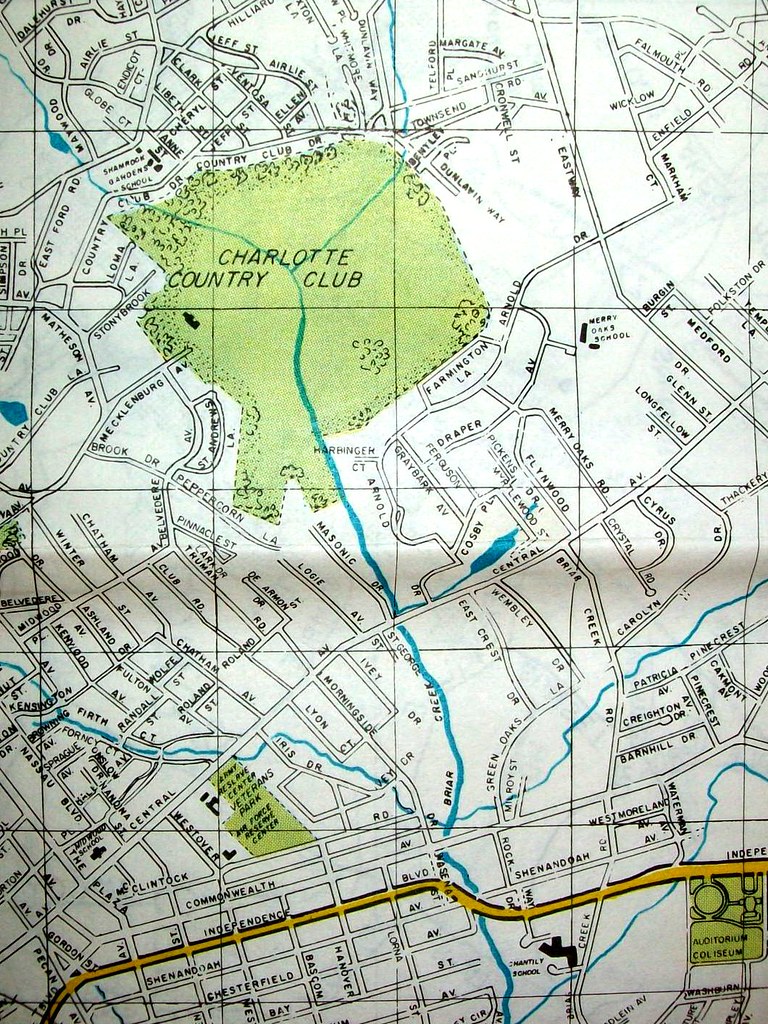
12. **Beyond the Track: A Continued Legacy of Civic Engagement**Even after retiring from Charlotte Motor Speedway in 2008, Humpy Wheeler’s dynamic spirit and commitment to his community remained undiminished. He never truly left the world of racing promotion, continuing to consult and offer his insights, but he also dedicated significant energy to civic engagement, particularly within Cabarrus County, North Carolina, one of the fastest-growing counties in the nation. His influence stretched far beyond the roar of engines.
Wheeler actively served on the Cabarrus County Economic Development Corp. board, demonstrating his keen financial acumen and his desire to shape the area’s future. In 2004, when the EDC was restructured, he was among several members who boldly proposed a moratorium on new construction to manage the rapid growth of the region. This initiative highlighted his foresight and his deep understanding that “If the community doesn’t embrace you… you’re not going anywhere,” a philosophy he applied equally to motorsports and urban planning.
His dedication to community extended to supporting education, notably helping to launch the Belmont Abbey College Motorsports Program more than two decades ago. This initiative, which continues to benefit from donations in his memory, reflects his enduring commitment to nurturing talent and ensuring the future of the sport he loved. Whether pitching hot dogs with Joey Chestnut or advocating for responsible development, Wheeler remained a vibrant and influential figure long after his official retirement.

13. **A Hall of Fame Showman: NASCAR’s Ultimate Recognition**Humpy Wheeler’s profound and multifaceted impact on NASCAR culminated in his well-deserved recognition by multiple prestigious institutions. Most notably, he was announced as the recipient of the NASCAR Hall of Fame Landmark Award for Outstanding Contributions to NASCAR as part of the Class of 2026. This honor, a crowning achievement, solidifies his place among the sport’s most influential figures, a testament to a career defined by innovation and spectacle.
NASCAR Chairman and CEO Jim France articulated the sentiment perfectly, stating, “Humpy Wheeler was a visionary whose name became synonymous with promotion and innovation in our sport. Humpy transformed the fan experience through his creativity, bold ideas and tireless passion.” This accolade underscores how Wheeler’s efforts were not merely about entertainment but about fundamentally expanding NASCAR’s national footprint and establishing Charlotte as a premier “racing and entertainment complex.”
Beyond the NASCAR Hall of Fame, Wheeler’s contributions were recognized early and often. He was inducted into the National Motorsports Press Association and North Carolina Sports Halls of Fame in 2004, the International Motorsports Hall of Fame in 2006, and the Motorsports Hall of Fame of America in 2009. These numerous honors, including his 1992 induction into the Carolinas Boxing Hall of Fame, reflect a life dedicated to excellence and an enduring legacy that captivated audiences across various arenas.
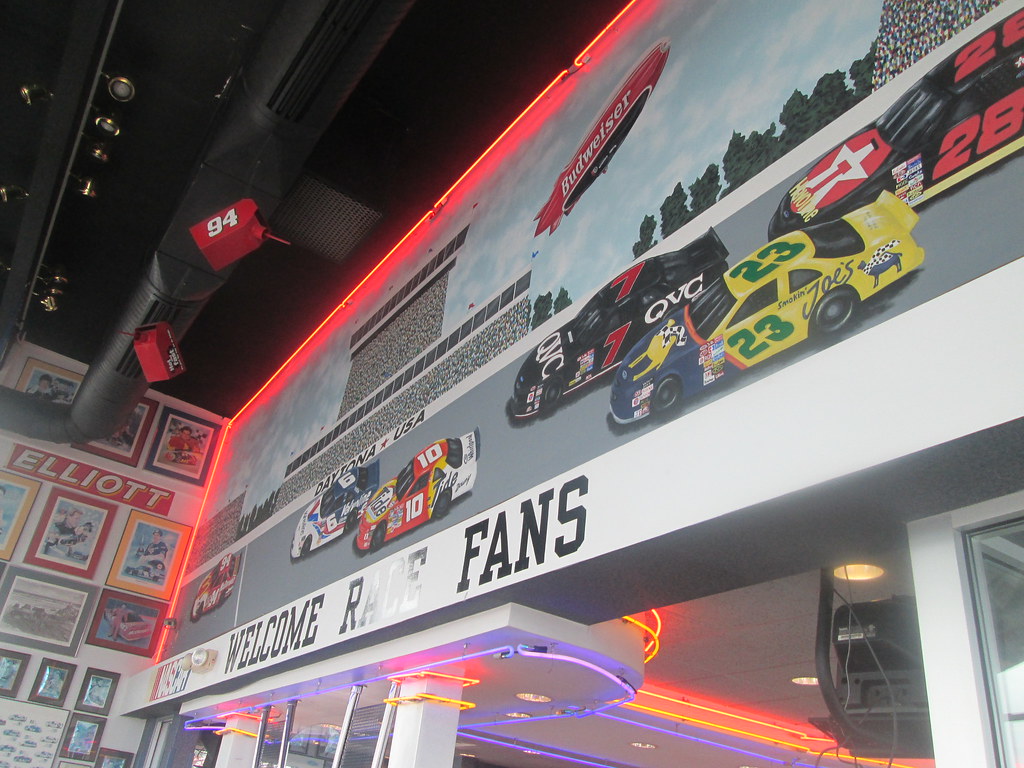
14. **The Unforgettable Entrepreneur: Wheeler’s Enduring Promotional Genius**Humpy Wheeler’s passing marks the end of an era for NASCAR, but his enduring legacy as a promotional genius continues to resonate throughout the sport and beyond. His ability to fuse audacious spectacle with fundamental fan care was unparalleled, setting a benchmark for sports entertainment. He consistently sought to answer the question, “What would ever happen if you ever did it right?” and his career was a vibrant, technicolor answer.
Wheeler’s marketing arsenal was vast and unconventional, ranging from the theatrical (like sticking his head in a tiger’s mouth to promote the “Young Lions” drivers) to the hilariously provocative (such as having a dead shark delivered to the NASCAR garage as a playful jab at Darrell Waltrip’s “Jaws” nickname, much to the chagrin of Cale Yarborough and NASCAR officials, which Wheeler knew meant he’d “done something right”). He even pitched hot dogs and popcorn alongside hot dog eating champion Joey Chestnut, demonstrating his humility and connection with the everyday fan.
Ultimately, Wheeler transformed Charlotte Motor Speedway into “the most innovative facility in NASCAR for fan, partner and competitor amenities,” a direct result of his unwavering dedication to the fan experience. His passion, dynamism, and sheer willingness to push boundaries not only propelled NASCAR into a national phenomenon but also ensured that every event was an unforgettable “carnival,” a true celebration of speed, drama, and pure, unadulterated entertainment. The sport, and indeed the world of entertainment, will forever feel the impact of this remarkable showman.
Humpy Wheeler, a man who believed in the power of spectacle and the magic of a meticulously crafted experience, has left an indelible mark on motorsports. His life was a testament to bold ideas, relentless innovation, and a genuine love for bringing joy and excitement to people’s lives. While he may no longer be with us, the “technicolor” he infused into the “black-and-white lives” of countless fans will shine brightly for generations to come, ensuring his legend as NASCAR’s greatest showman endures.


